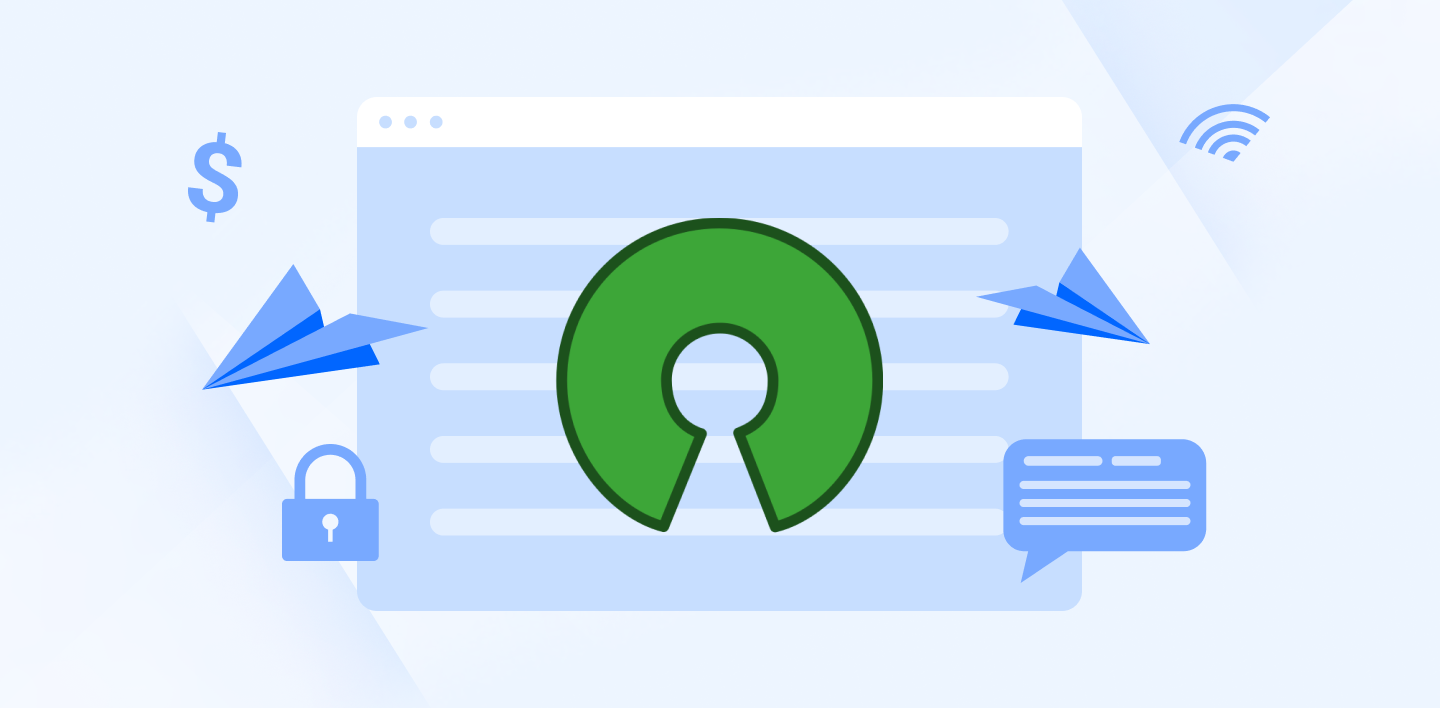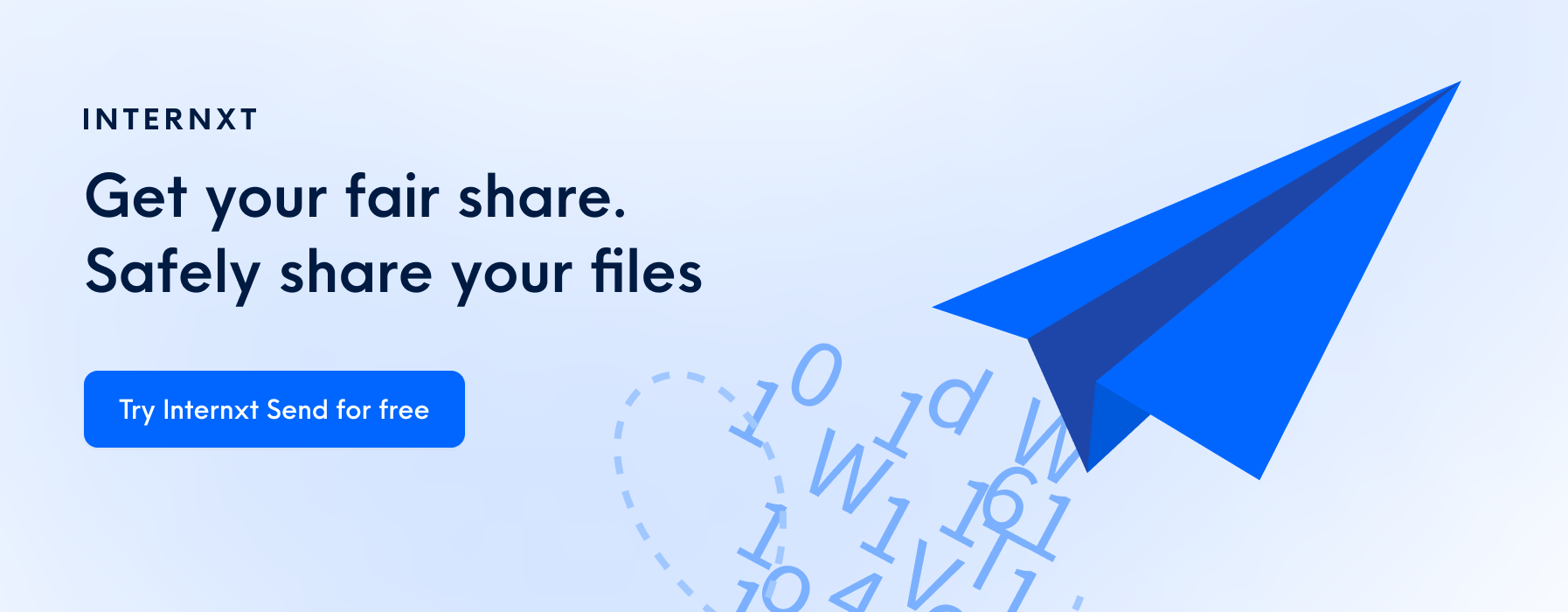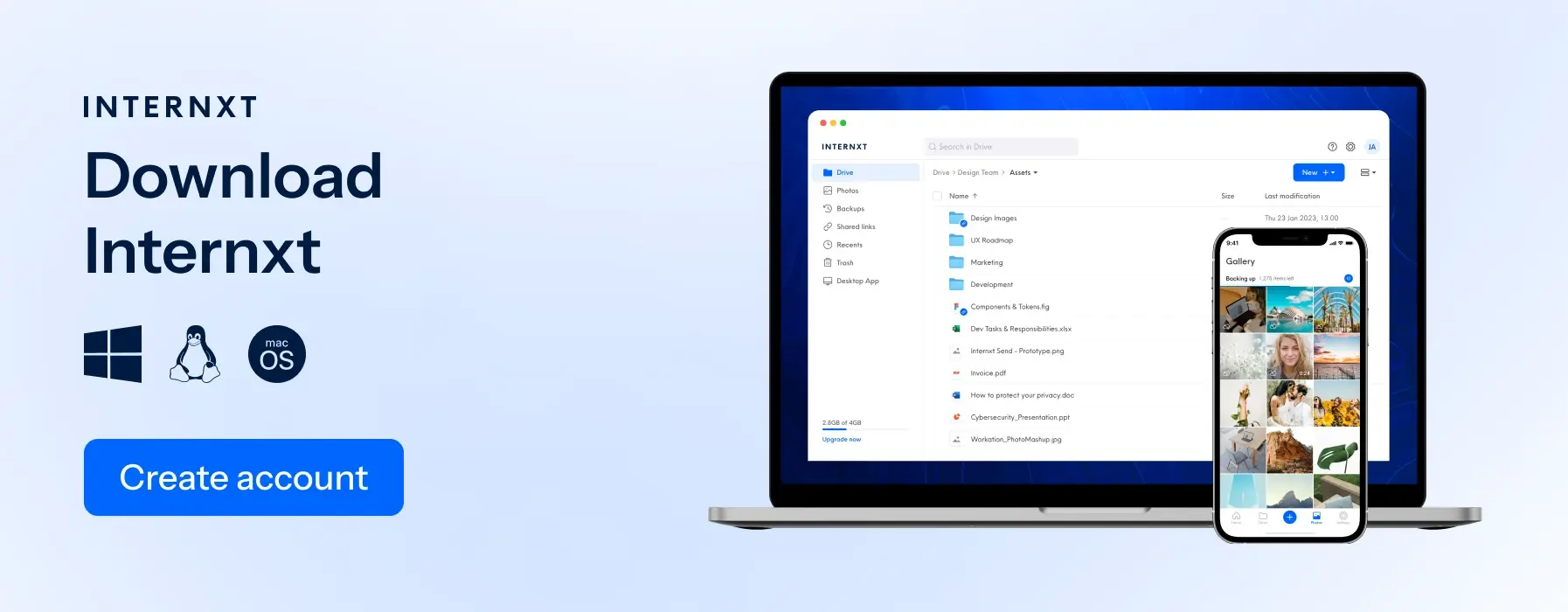FOSS for Dummies: What Is Free and Open-source Software?

Are you looking for affordable software? Want to know precisely what an application is doing behind the scenes, or maybe you just want to stop giving massive corporations your hard-earned money?
There is a ton of software and web platforms available online. Some cost money and infringe on your privacy, while others are open-source, transparent, and run by nonprofit organizations. The term “FOSS” is usually associated with the latter.
Obviously, the more affordable, more ethical, and trustworthy programs are better, especially if they can offer all the same functionality and features of similar software pushed by Big Tech, right? Certainly! An open-source app is hands-down better than a private web service that collects data. Always keep an eye out for FOSS when you need new digital services or applications.
Not sure what FOSS is? Let us explain…
What is FOSS?
FOSS stands for free and open-source software. FOSS is a label (or principle) that means the source code of a piece of software is open and made accessible for all. Anyone anywhere can use, study, and modify the code in any way they see fit.
Adhering to this principle encourages other people to contribute to the development and improvement of the software. FOSS is kind of like software that exists in the public domain. No one person really owns it, and it can be shared freely and adapted or modified without limits.
FOSS is relatively safe due to its transparency, as anyone can fix any issues at any time. Thousands of people examining source code tend to create more robust code than a small team of developers working in isolation.
Now the "free" in FOSS doesn't necessarily stand for free-to-use. More on that later.
FOSS or FLOSS or Open-Source?
Since the internet is like the Wild West and incredibly decentralized, as in there is no one body governing it and making up all the rules and definitions on its own, there are many different terms for similar things.
FOSS is widely used, but you may also see a similar style of software referred to as FLOSS or free/libre and open source software. FLOSS means almost the same thing as FOSS but implies membership in the genuinely free software movement.
By including "libre," FLOSS eliminates the ambiguity regarding the word "free" in FOSS. FLOSS is more specific and insinuates the software follows the ethos of the free software movement rather than being an open-source that's free to use.
Open-source means that the software code is made publicly available, but it doesn't implicitly mean it follows the tenets of the free software movement. For example, a program may be open-source, but it may not adhere to other principles. That said, open-source software has its own rules to follow to be genuinely considered as such.
The Difference Between Free Software and Open-source Software
According to Richard Stallman's Free Software Definition, "free software" requires the software's licensing to respect the civil liberties and human rights of four essential freedoms:
- The freedom to run the program as you wish, for any purpose.
- The freedom to study how the program works and change it, so it does your computing as you wish. Access to the source code is a precondition for this.
- The freedom to redistribute copies so you can help others.
- The freedom to distribute copies of your modified versions to others. Doing this can give the whole community a chance to benefit from your changes. Access to the source code is a precondition for this.
The definition of "open source" software differs slightly from" free software" but overlaps in some aspects. According to the Open Source Initiative (OSI), open-source software must comply with all of the following ten criteria:
1. Free redistribution
The software license shall not restrict any party from selling or giving away the software as a component of an aggregate software distribution containing programs from several different sources. The license shall not require a royalty or other fee for such sale.
2. Source code
The program must include source code and allow distribution in source code and compiled form. Where some form of a product is not distributed with source code, there must be a well-publicized means of obtaining the source code for no more than a reasonable reproduction cost, preferably downloading via the internet without charge.
The source code must be the preferred form in which a programmer would modify the program. Deliberately obfuscated source code is not allowed. Intermediate forms such as the output of a preprocessor or translator are not allowed.

3. Derived works
The license must allow modifications and derived works and must allow them to be distributed under the same terms as the license of the original software.
4. Integrity of the author's source code
The license may restrict source code from being distributed in modified form only if the license allows the distribution of "patch files" with the source code to change the program at build time. The license must explicitly permit the distribution of software built from modified source code and may require derived works to carry a different name or version number from the original software.
5. No discrimination against persons or groups
The license must not discriminate against any person or group of persons.
6. No discrimination against fields of endeavor
The license must not restrict anyone from using the program in a specific field of endeavor. For example, it may not restrict the program from being used in a business or for genetic research.
7. Distribution of license
The rights attached to the program must apply to all to whom the program is redistributed without the need to execute an additional license by those parties.
8. License must not be specific to a product
The rights attached to the program must not depend on the program's being part of particular software distribution. Suppose the program is extracted from that distribution and used or distributed within the terms of the program's license. In that case, all parties to whom the program is redistributed should have the same rights as those granted in conjunction with the original software distribution.
9. License must not restrict other software
The license must not place restrictions on other software that is distributed along with the licensed software. For example, the license must not insist that all other programs distributed on the same medium must be open-source software.
10. License must be technology-neutral
No license provision may be predicated on any individual technology or style of interface.
Is Foss Always Free To Use?
No, not always! But, most accessible and open source software is often available free of cost.
Some FOSS is financially free because the source code is already made available to the public, so many developers see no point in putting a price tag on something people can get quickly for free. Volunteers operate some projects for free, and the developers or bosses of these projects decide it's not cool to charge for something that has been freely contributed.
Alternatively, few FOSS projects are supported by more giant corporations or nonprofit organizations that employ developers to work on their open source projects, often for good press as part of a non-profit marketing plan or tax reasons.
Lastly, some crazy-awesome developers create open source projects as a hobby or passion piece. All they want to do is make the world a better place with their code. These developers are digital angels who put money behind things like their morals, number of downloads, contributions, and words of appreciation.
Common FOSS Myths
All FOSS is free. Unfortunately, this is not the case. While a large portion of free and open-source software is free to use, plenty of programs are not. WordPress and Discord's premium plans are examples of FOSS that users purchase.
FOSS projects don't make money. While nonprofits or NGOs run many FOSS services, that doesn't mean that these organizations don't bring in cash. The open-source company Red Hat reached a billion in revenue and was ultimately purchased by IBM for $34 billion. Business-focused FOSS applications typically turn larger profits by charging support and enterprise fees.
It's illegal to download FOSS. While it may feel illegal to download LibreOffice instead of paying for Microsoft Word. It is totally and completely legal.
FOSS programs only work on Linux systems. Linux is an alternative operating system (OS) to Windows and macOS. Linux has always been at the forefront of the free software movement, and many of the applications designed to operate on the system are FOSS. That said, FOSS is not mutually exclusive to Linux and vice versa.
FOSS can't be hacked. Yes, it is true that FOSS programs and apps are less likely to be hacked and are generally more secure thanks to their transparency and modifiability, but no software is bulletproof. The good news is that new threats and possible risks are usually more quickly addressed, patched, and upgraded in FOSS applications.

FOSS and Never Go Back!
Once you FOSS, you'll wonder why you haven't always used free, open-source software.
Nowadays, there is a FOSS alternative to nearly every type of software you could possibly need.
Replace Adobe Illustrator with Inkscape, Microsoft Word for LibreOffice, any media player for VLC—the list goes on and on. Need a free and open-source cloud? Internxt is an open-source cloud storage solution designed to protect users' right to privacy, all while keeping their code (and data practices) transparent.
Whatever your digital concerns or needs, there is a FOSS program available. Save some dough, do the right thing, and join the movement.

